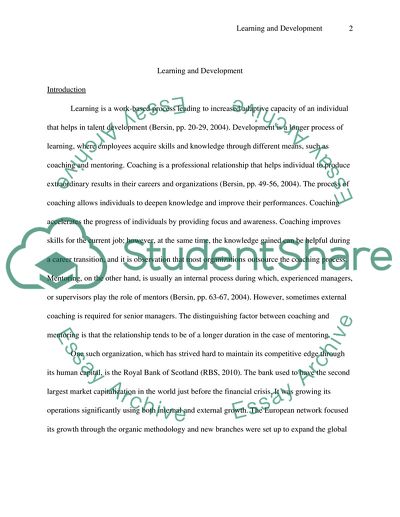Cite this document
(Learning and Development Process Analysis Term Paper, n.d.)
Learning and Development Process Analysis Term Paper. Retrieved from https://studentshare.org/human-resources/1733724-learning-and-development
Learning and Development Process Analysis Term Paper. Retrieved from https://studentshare.org/human-resources/1733724-learning-and-development
(Learning and Development Process Analysis Term Paper)
Learning and Development Process Analysis Term Paper. https://studentshare.org/human-resources/1733724-learning-and-development.
Learning and Development Process Analysis Term Paper. https://studentshare.org/human-resources/1733724-learning-and-development.
“Learning and Development Process Analysis Term Paper”, n.d. https://studentshare.org/human-resources/1733724-learning-and-development.


